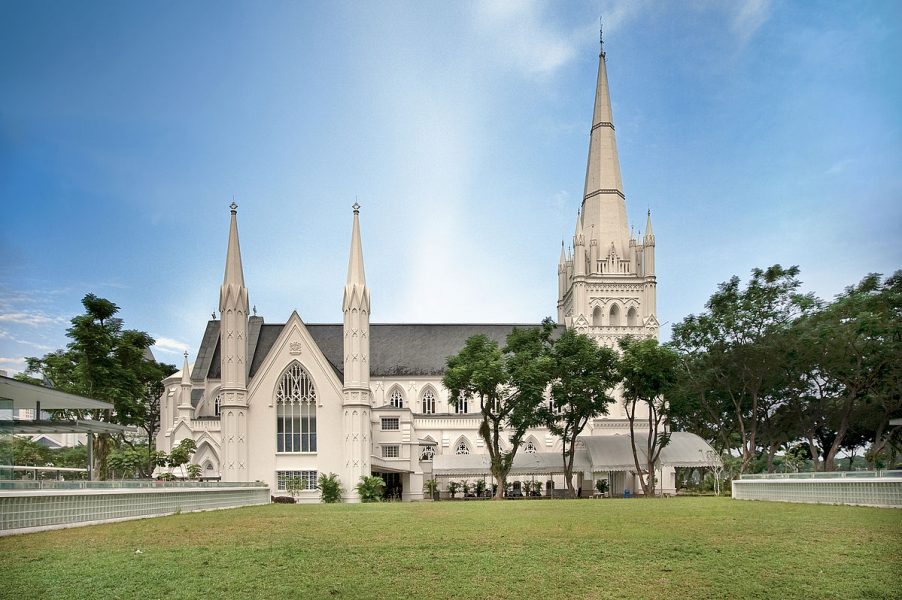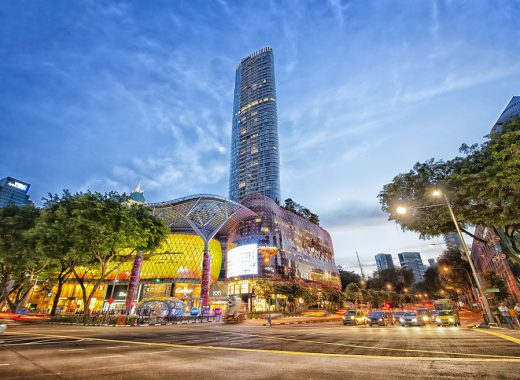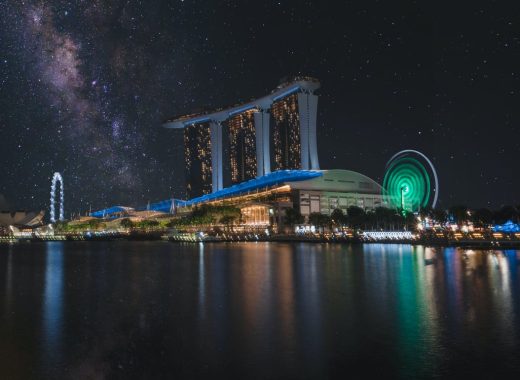Tan Tock Seng, a Fukien generous donor, added to the reformation of the Thian Hock Keng temple. The site was seen as a place of worship, school and a centre for the public. A Ma Cho Po statue was brought from China after a year of construction had passed and was set up with grand ceremony in the shrine’s recently finished prayer hallway.
The finest Chinese supplies and builders were made use of in the construction. In the year 1907, the Thian Hock Keng Temple obtained its most valuable souvenir, a calligraphic plate from Guang Xu of the Qing Dynasty, the Emperor of China. The Thian Hock Keng Temple was honored as a national attraction in the summer of 1973.
The Thian Hock Keng has been put up in the temple architectural approach of the Chinese South. The Thian Hock Keng features a magnificent foyer with an elevated step as well. Moreover, the side access gates have vividly painted tiles depicting birds, flowers and the universal known Buddhist swastika. This icon embodies immortality, good luck and eternity.
The long-established guards of any Taoist temple are tigers, lions and Door Deities. Further along this sophisticated entrance are a couple of courtyards. The holy place of Ma Cho Po can be found here. There are pagodas on both sides of the shrine with the temple of Confucius being on the left.
Staying in a Singapore serviced apartment like the Ascott Singapore Raffles Palace allows visitors the chance to get around and explore the diverse and rich cultural attractions of this vibrant island.














